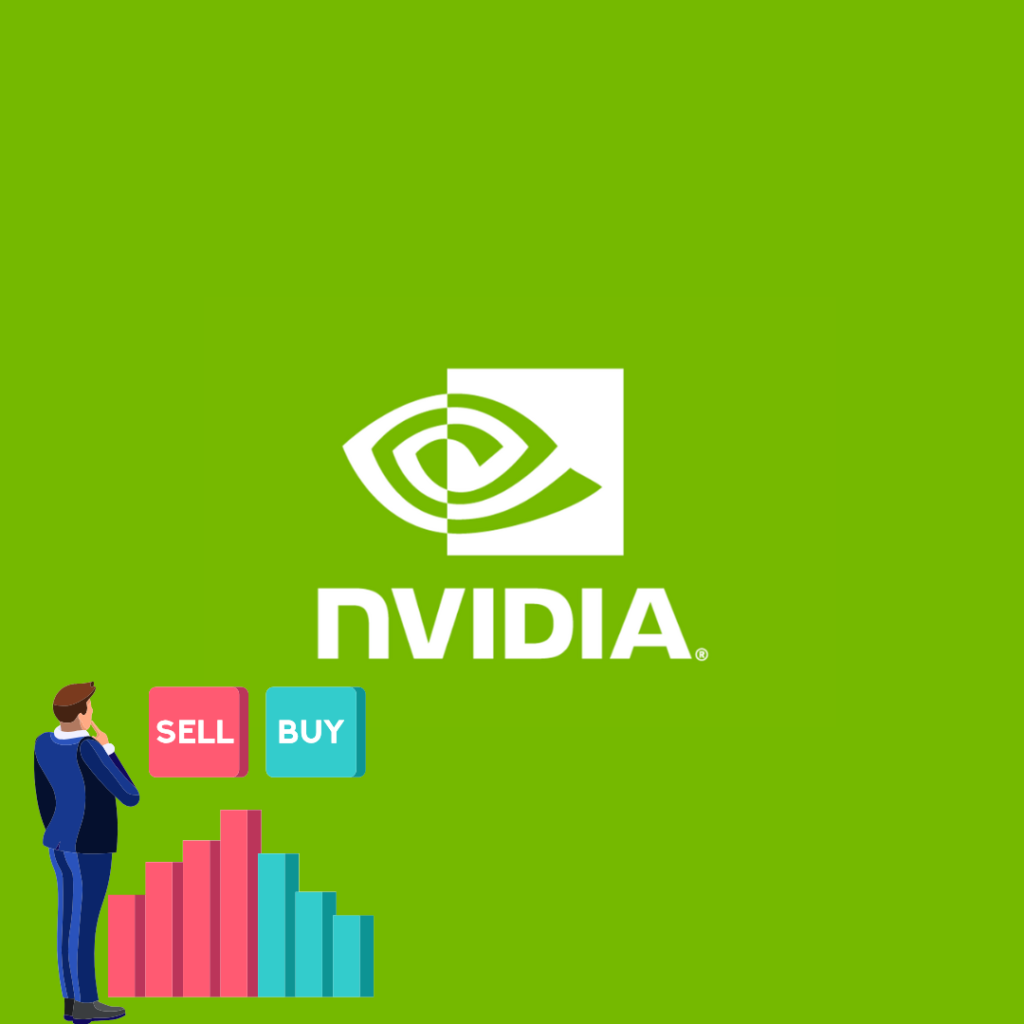Should You Consider Buying Nvidia Stock After Its 200% Gain in 2024? Wall Street Seems to Think So

Nvidia (NASDAQ: NVDA) continues its impressive run, reaching new highs once again this past Thursday, following yet another record on Wednesday. Over the past couple of years, Nvidia stock has repeatedly climbed to new heights, largely propelled by the explosive growth in artificial intelligence (AI) adoption. With the stock up by 200% in 2024 alone, many believe it has room for further gains.
After such a major rally, some investors may be cautious, questioning whether AI adoption might slow or if Nvidia’s valuation is reaching unsustainable levels. Let’s dive into the current state of AI, Nvidia’s pivotal role in the market, and what Wall Street has to say about the company’s future prospects.
**The State of AI Adoption**
To gauge the pace of generative AI adoption, it’s helpful to look at the cloud infrastructure providers driving AI availability. Amazon, Microsoft, and Alphabet — the top three cloud providers — recently shared their third-quarter results for 2024. Executives from these companies emphasized their commitment to heavy AI-related capital expenditures, with investments focused on the servers and data centers necessary for expanding their AI capabilities. Meta Platforms also remains committed to increasing spending to support AI, using its extensive customer data to enhance its Llama AI model.
Other major players in the AI field are also demonstrating robust growth. Palantir Technologies (NYSE: PLTR), for example, recently reported strong third-quarter results, fueled by “unrelenting AI demand,” according to CEO Alex Karp. Palantir’s revenue grew 30% year over year, with earnings per share doubling. The success was driven by demand for Palantir’s Artificial Intelligence Platform (AIP), with U.S. commercial revenue up 54% and the commercial client base expanding 77%, pushing its remaining deal value up 73%.
Taiwan Semiconductor Manufacturing (NYSE: TSM), the world’s leading producer of advanced AI-related chips, also saw strong results, reporting 39% revenue growth and a 54% increase in earnings per share. This rise was directly attributed to “AI-related demand.”
Taken together, these reports suggest strong AI demand across the tech industry, with major investments supporting the ongoing expansion of the field.
**Nvidia’s Role in the AI Landscape**
Nvidia’s advanced graphics processing units (GPUs) have become foundational to today’s AI technology. The company pioneered parallel processing, which breaks down complex data into smaller tasks to handle massive computations efficiently. Originally developed for rendering graphics in video games, Nvidia’s GPUs are also highly suited to the intensive data processing required for AI applications.
This innovation has helped Nvidia secure its position as a leader in cloud computing and data centers — sectors where much of today’s AI work is done. In fact, Nvidia held a 98% share of the data center GPU market in 2022 and 2023, according to semiconductor analyst TechInsights, and is unlikely to have ceded much ground this year.
For its fiscal Q2 2025 (ended July 28), Nvidia reported record revenue, surging 122% year over year to $30 billion, largely driven by a 154% increase in data center revenue to $26.3 billion. Earnings rose substantially, with diluted earnings per share climbing 168% to $0.67.
Despite the strong numbers, investors were concerned about two aspects of the report: a drop in gross margins to 75.1% from an all-time high of 78.4% in Q1, which management attributed to product mix and inventory adjustments in anticipation of its new Blackwell AI processors. Additionally, Nvidia’s forecast for 79% revenue growth, though robust, marks a slowdown from its recent triple-digit growth over the past five quarters. While challenging comparisons are inevitable, 79% growth is still an impressive figure.
**Wall Street’s Bullish Outlook**
When Wall Street analysts align on a single stock, it’s noteworthy — and Nvidia has managed to achieve this. The stock maintains a buy rating, with nearly unanimous support: of the 64 analysts who shared their opinion in October, 92% rated the stock as a buy or strong buy, and none recommended selling.
Rosenblatt analyst Hans Mosesmann, who has been one of Nvidia’s most vocal supporters, maintains a buy rating with a target price of $200, representing an additional 37% potential gain even after Nvidia’s record-breaking performance this year. While some investors are uneasy about Nvidia’s dipping gross margins, Mosesmann considers it a “high-class problem,” attributing it to the company’s fast-paced product development. He remains optimistic, pointing to the growing influence of Nvidia’s Hopper architecture and the anticipated Q4 launch of the AI-focused Blackwell chip.
Valuation remains a common concern. Nvidia is trading at 70 times earnings, which may seem steep. However, analysts project earnings per share of $4.06 for fiscal 2026 (starting January), which brings Nvidia’s forward price-to-earnings ratio down to 37 times. While this is higher than the market average, it reflects the price investors are willing to pay for a leading company in a high-growth sector with a strong track record.
In conclusion, despite Nvidia’s substantial gains in 2024, analysts remain optimistic about the stock’s future, thanks to its critical role in the AI sector, continued demand, and strong execution. For investors who believe in AI’s growth potential, Nvidia remains an appealing choice, even after its impressive 200% gain this year.
